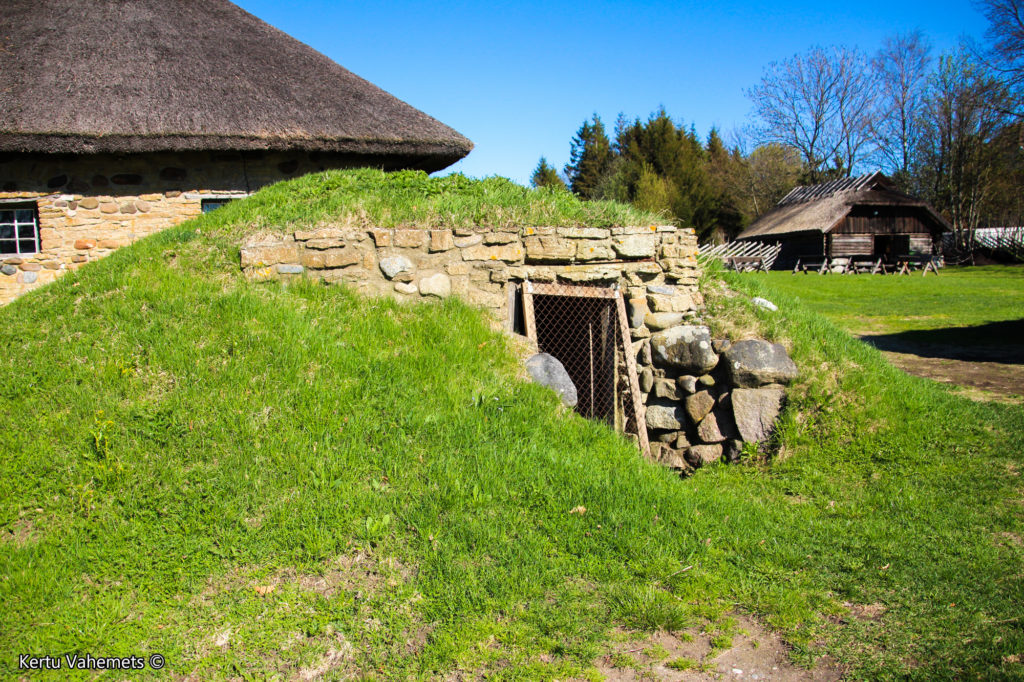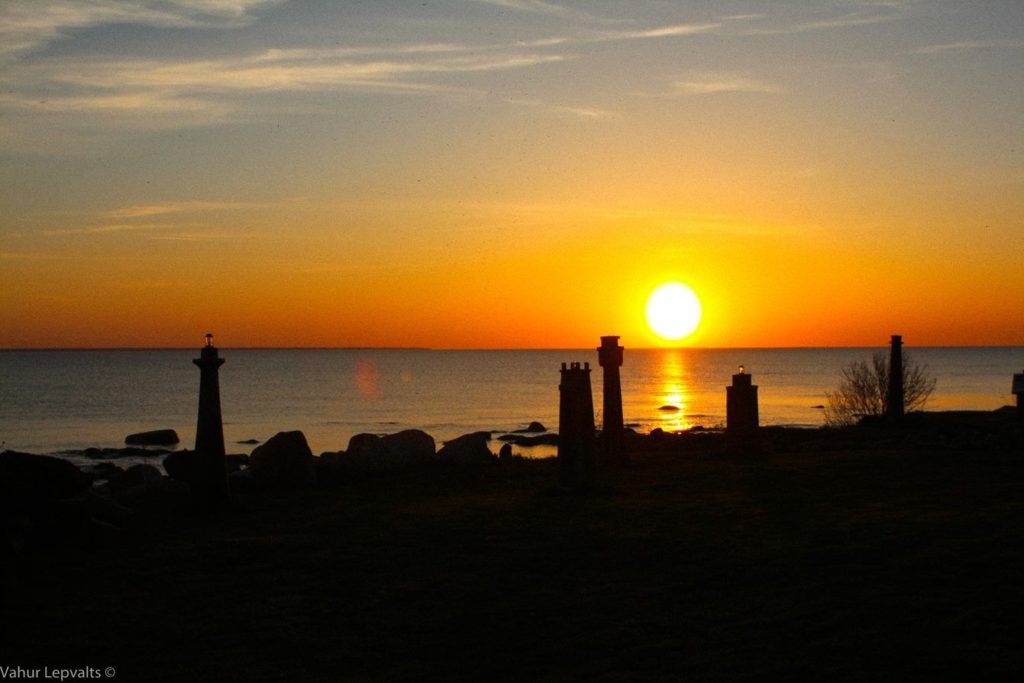VIIMSI OPEN AIR MUSEUM
ADULTS: 4€/7€*
CHILDREN,STUDENTS, SENIOR: 3€/5€*
FAMILY: 8€/14€*
*valid in 2 museums and lets you visit both museums in the same day.
Family = 2 adults + 2 children
VISIT US
Rohuneeme tee 53a, Pringi küla, Viimsi vald
WE ARE OPEN:
WED - SUN 11.00 - 17.00
Last admission is at 16.30
Today’s Viimsi Open-Air Museum is a collection of historic coastal buildings set along the picturesque seashore of Pringi Village in Viimsi County. The museum’s main exhibition is the Kingu coastal farmstead, which includes the site’s oldest building—a traditional barn-dwelling, a unique Estonian architectural style—built in the mid-19th century.
The Viimsi Open-Air Museum is officially designated as a Cultural Monument and is under national protection in Estonia.
At our open-air museum, visitors can step back in time and experience the daily life of coastal villagers from the 19th and 20th centuries. As you explore, you’ll get a glimpse into the past—witnessing traditional farm work, fishing, celebrations, market days, and holiday traditions. Our themed educational programs and traditional events take visitors on an exciting journey through the seasons, blending old customs with the lifestyle of modern coastal communities.
From the museum’s seashore, visitors can enjoy breathtaking views of the historic coastal village, with Tallinn’s skyline visible in the distance. This well-known “sprat-tin view” is famously featured on the labels of historical tins of smoked fish (sprats) from the region.
For younger visitors, the museum offers a working traditional village swing and farm animals to see. Every Saturday, the museum hosts a farmers’ market, where only Estonian food, including fresh and smoked fish, is sold. Visitors can also find unique souvenirs, gifts, and home furnishings inspired by fishing and maritime traditions in the museum shop.


THE FARMS OF THE VIIMSI OPEN AIR MUSEUM
The central feature of the open-air museum is the historic Kingu coastal farmstead, which includes an 1820s barn-dwelling, a 20th-century dwelling, a barn, and various farm buildings. Kingu was a prosperous farm where the owners engaged in both farming and fishing.
In addition to the Kingu farmstead, visitors can explore two reconstructed fishermen’s houses belonging to the Krüger and Silberfeldt families, situated on their original historic farmland. The museum also features net sheds and other essential structures used by fishermen in their daily work.
With its smuggler’s cellar, barns, net sheds, and capstan winches once used for pulling fishing boats ashore, the entire area offers an authentic glimpse into the traditional lives of coastal fishermen.
SMUGGLER’S CELLAR
Contraband Spirits and Smugglers
An Exhibition Exploring the Thrilling World of Smuggling
Spirits Smuggler – Hero or Criminal?
The widespread secret smuggling of spirits in the early 20th century left a lasting mark on the coastal villages and islands of northern Estonia. This illegal trade funded the construction of grand family villas, and stories of ancestors involved in smuggling still echo through these communities. However, smuggling also had a darker side, leading to tragic deaths and significant losses in unpaid tax revenue for the state.
Curator: Maivi Kärginen
Design & Production: Creative Agency Pult
This exhibition is supported by the Cultural Endowment of Estonia.



LIGHTHOUSE ALLEY
The idea of creating Lighthouse Alley at the museum originated from the Rannamõisa Boat Association, in collaboration with the Coastal Museum and the Maritime Administration. This unique installation features seven miniature replicas of various Estonian lighthouses, carefully arranged before visitors. The lighthouses were selected based on their distinct appearance, feasibility for replication, and the size of the available materials—specifically, the diameter of the oak logs from which they were carved.
The oak logs used for the sculptures were donated by a housing association near Viimsi Manor Park. They arrived at the museum as part of the local “Let’s Do It!” community action day.
“On average, it took one week to carve each lighthouse,” explained sculptor Ormar Tamm (whose last name, interestingly, means “oak” in English).
“These are near-identical replicas, created using drawings from the Maritime Administration and numerous photographs. In fact, one visitor immediately recognized three of the lighthouses, which means they must be quite accurate,” Tamm added. He ensured that the sculptures would remain in good condition for at least 15 years, if not longer.
The placement of the lighthouses in the museum’s yard reflects their actual geographical locations in Estonia. And, of course, what would a lighthouse be without its guiding light? With assistance from the Maritime Administration, the miniature lighthouses were fitted with lights set to their real-world flashing frequencies.
The Viimsi Open-Air Museum’s Lighthouse Alley was completed in 2012.
Sculptors: Ormar Tamm & Kuldar Moor
GETTING HERE
You can walk to the museum
It is a 37 minute walk to the Viimsi Open-Air Museum. You can plan your walk here.
Tickets for the Public Transportation
* Bus 114 goes through zones Harju 1 and Harju 2
** Buses V1 and V5 are in the zone Harju 2
